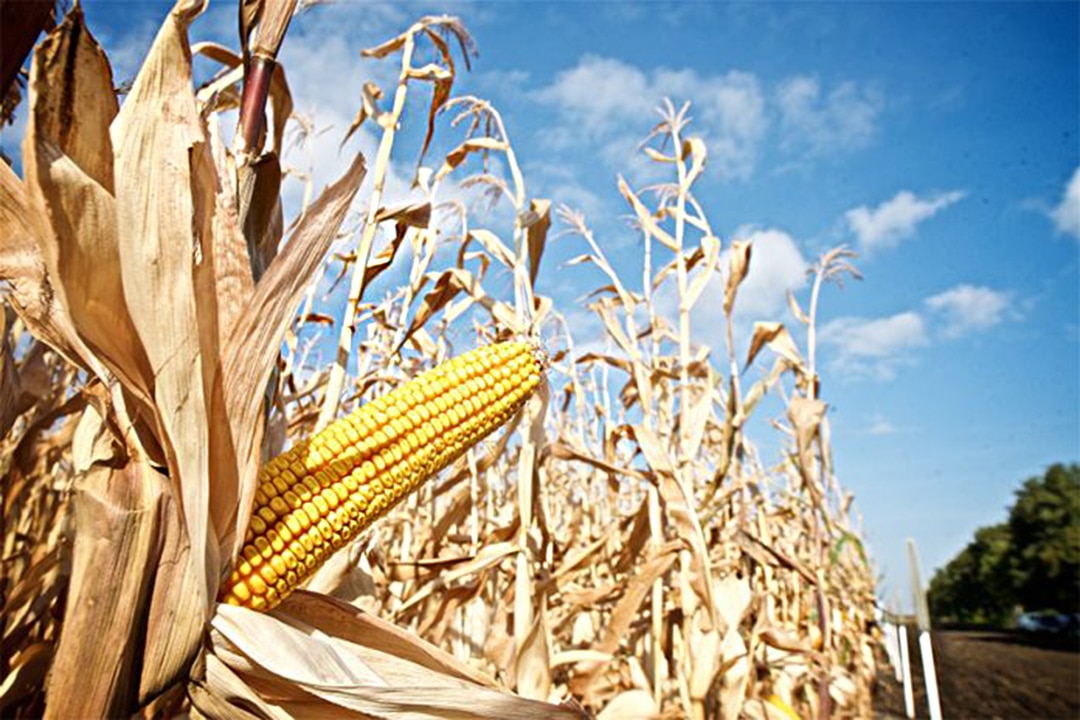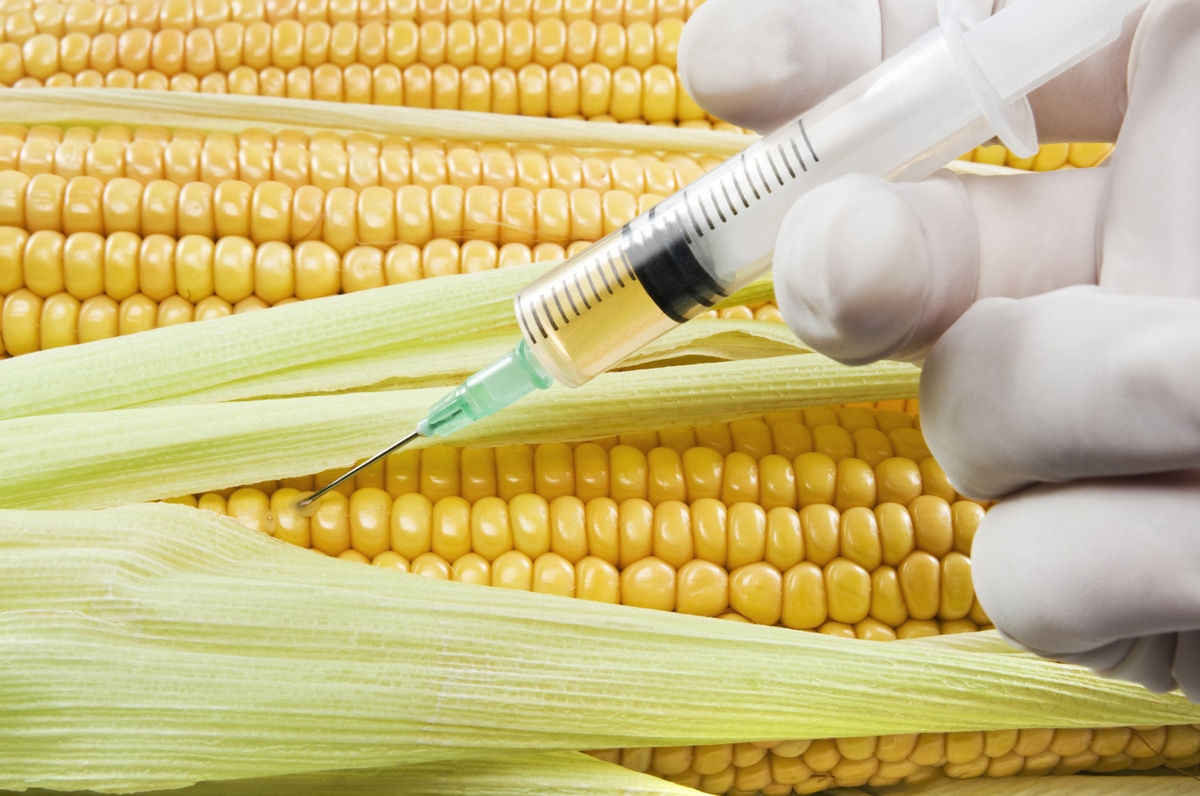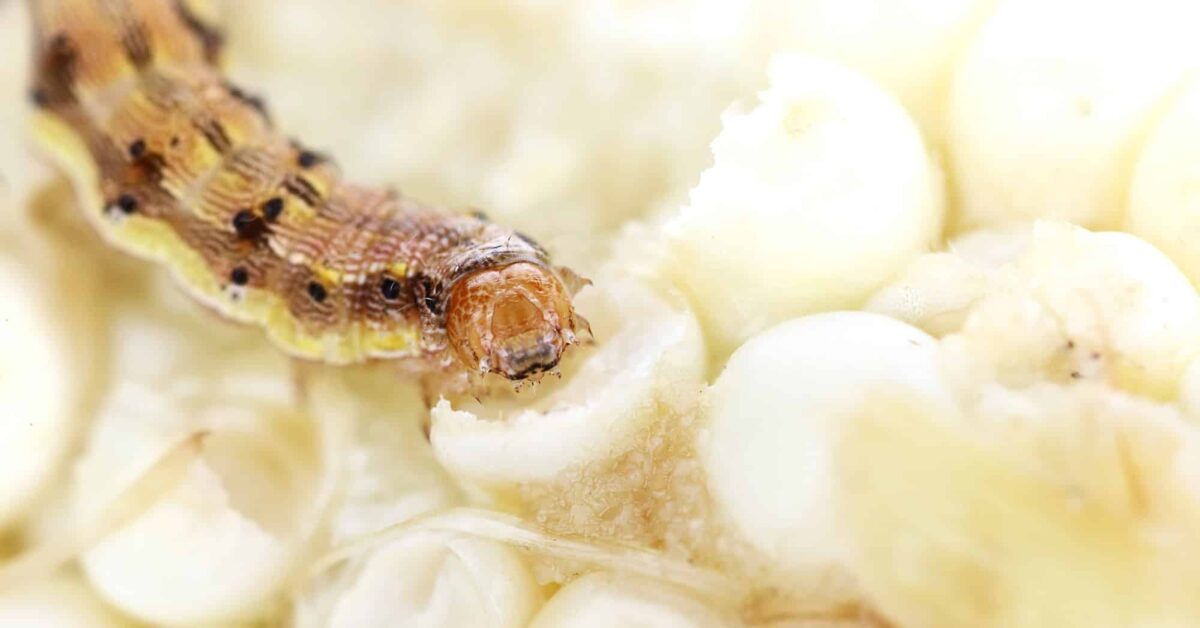

Santa Cruz Pueblo Nuevo, State of Mexico, Mexico. Pragedes Velázquez’s farming family harvesting native maize. The dispute between the US and Mexico could damage the diversity of maize in its centre of origin: Mesoamerica. Photo: Jerónimo Palomares
The corn conflict between Mexico and the USA: smoke and mirrors
by GRAIN | Jul 18, 2023
Since Mexico’s announcement, in 2020, that it would ban trade in genetically modified corn and glyphosate as well as the domestic use of these products, a public dispute instigated by the United States has been gathering steam. The clash, between officials, technocrats, and politicos of the two countries, is now occupying pages of our newspapers and minutes of our TV programming. In actual fact, however, the measures announced by the Mexican government to prevent transgenic contamination of the immense diversity of the country’s native maize range from extreme ambivalence to attempts to score points in the media, with public confusion being the result.
Mexico’s most recent measure, seen by some as a signal that the president is standing up to the corporations and defending his country’s interests, is the reinstatement of a 50% tariff on white corn imports. Other analysts, including the original communities who guard Mexico’s corn with their lives, regard the government’s current stance as falling short of the commitment needed to fend off the threat represented by this dispute between the two countries. Moreover, as US trade representative Katherine Tai has clarified, the tariff in question is irrelevant to the dispute.
On the US side, congresspeople, lobbyists, and the secretary of agriculture himself have berated Mexico with a single voice, threatening it with sanctions and legal action if the commitments adopted under the very unbalanced trade agreement between Mexico, the United States, and Canada—USMCA, the successor to NAFTA—are not upheld. Mexico has accorded this agreement very high status within the country’s legal framework, and is therefore tightly constrained by it. At stake are not just the health and food sovereignty of the Mexican people, the future of a historic staple crop of humankind, and the integrity of the Mexican and Latin American biodiverse landscape, but the sovereignty of the Mexican people itself.
Around the end of 2020, the Mexican government issued an executive order that was alleged by some to amount to a ban on glyphosate and GM corn. Organizations defending native maize, such as Red en Defensa del Maíz, immediately critiqued this order as nothing more than an internal memorandum that does not appear to ban anything; jurists described it as having “very weak legal underpinnings [and] ranking very low in the hierarchy of applicable laws.” That is because Mexican law in this field is heavily biased towards acceptance of GMOs, coexistence of GM corn with native corn, and seed privatization.
Added to this pre-existing legal framework is the endless train of specifications and stipulations contained in the USMCA. Chapter 3, concerning agriculture and the products of biotechnology, stipulates that Mexico must accept agricultural biotechnology and expedite the granting of permits for its use, while chapter 28 on “good regulatory practices” practically eliminates the possibility for Mexico to restrict US imports.
In short, Mexican organizations regarded the order as weak sauce. Yet that did not dissuade the US authorities from threatening to sue Mexico under the USMCA. On the contrary, it seems as though any attempt by Mexico to phase out GM corn and glyphosate imports, however mild or gradual—viz., the order of 2020—was bound to arouse its northern neighbour’s ire. The United States is, after all, the main source of Mexican corn imports and 90% of its corn crop is genetically modified.
At the start of 2023, Mexico issued a second order practically eliminating the earlier restrictions. Yet shortly afterward, US trade representative Tai, announced “settlement” consultations under the USMCA, declaring that “the White House is impatient over the trade dispute it is having with Mexico over genetically modified corn.”
The new order clarifies that it is not a matter of banning the industrial use of GM corn, which has been imported for many years but has somehow become central to the dispute. The date of cessation of imports has been left contingent on the domestic availability of industrial corn.
In 2021, Mexican Secretary of Agriculture Víctor Villalobos stated in a meeting with his US counterpart Tom Vilsack: “We will continue to need and import corn from the United States. Mexico will not limit GM corn imports from the United States.” Following the publication of the second order, Villalobos specified: “We’ve always fought to keep access to (yellow) corn for animal feed, since we clearly lack the capacity to produce it and the whole industry would be affected.… Fortunately, this is not in the order; that is, free access to the 17 million tons that we import will continue, as long as we are not self-sufficient.”
The government does admit that Mexico is self-sufficient in white corn for human consumption, an oft-reiterated point that it previously refrained from publicly acknowledging.
The relevant part of the 2023 order reads as follows: “In accordance with the applicable law, permits for the release of genetically modified corn seeds into the environment will be revoked and no longer issued in Mexico, and approvals of the use of genetically modified corn seeds for human food will be revoked and no longer issued.” (While some permits for corn, cotton, soy, and canola were denied, permits are once again being approved). In any case, GM corn had been blocked since 2013 thanks to a class-action lawsuit filed by various civil society groups, which remains active: the first chamber of the Mexican Supreme Court unanimously and without debate denied four constitutional relief (amparo) motions filed by transnational corporations against the court decision preventing them from planting GM corn.
In early 2023, the Mexican Department of Economic Affairs stated in a press release: “The order prohibits the use of genetically modified corn for flour and tortillas. This has no impact whatsoever on trade or imports, among other reasons because Mexico is amply self-sufficient in GMO-free white corn production.”
In practice, the distinction between white corn and industrial corn is quite ambiguous and often leads to confusion. White corn is the basis of the flour known as masa that is used to make tortillas, the staple food of all Mexicans, wherever they live. Masa is produced by cooking the corn with lime or ash in a process known as “nixtamalization,” which breaks down the seed coat, making the grain more nutritious and edible. For its part, industrial corn has many applications, including as an ingredient in processed food for human consumption. The order does, it should be said, ultimately make clear that the industrial uses to which it refers are not food-related.
The most obvious question then becomes: Who will assume the heavy regulatory burden of ensuring that the country’s 110,000 tortilla factories actually use native or domestic non-GM commercial corn? One likely candidate is the Federal Public Health Commission (Comisión Federal para la Protección contra Riesgos Sanitarios—Cofepris), which is responsible for conducting scientific research on the human health effects of GM corn.
According to industry data, 30% of these tortilla factories use traditionally made nixtamalized corn, while 20% use nixtamalized corn flour containing vitamins and other additives. The remaining 50% use a (dehydrated and pre-packed) mixture of traditional masa and regular flour.
In theory, if only Mexican commercial corn was used, there would be no need for GMO containment. But a 2017 study found that “of the tortillas analyzed, 90.4% contained GM sequences.” Not surprisingly, contamination was also found in at least 82% of processed foods containing industrial corn components. As a counterpoint, the same study found that tortillas produced with native corn in rural areas, or for gourmet market niches, were almost entirely uncontaminated.
The task of differentiating imported corn from domestic, commercial, GMO-free corn is complicated by the fact that legal liability for GM corn traces coming through the factories does not necessarily rest with the mills or the millers. It will be further complicated by the fact that Cargill, the number one corn vendor in Mexico, has facilities where it handles and mixes any number of different corn sources, including GM-containing imports. Yet by reinstating the 50% tariff on white corn imports that had been abolished in January, Mexico has signaled its apparent intent to police GMO-free corn. Ana de Ita, Director of the Mexican Rural Studies Centre (Ceccam), in conversation with GRAIN, discussed the difficult situation in which domestic commercial corn producers find themselves: “In reality, the tariff is designed to forestall complaints by the growers of Sinaloa, Sonora, and Baja California that people stopped buying their local corn after the import tariffs were repealed. The president seems to be telling them: Don’t worry, the market is now protected. But it is only protected to the extent that it can be. To me, the tariff looks like smoke and mirrors.” It does not affect players under the USMCA but does signal support for marketing of local production.
On another important note, the US continues to declare loudly that there is no proof of GM corn’s human health harms. In this it is backed by the Biotechnology Innovation Organization, which is urging the US to wield the USMCA as a means of forcing Mexico to approve traces of genetic modification in corn for human food. It argues that there should be no barriers to products manufactured via gene editing. The US lobby, with Tom Vilsack leading the charge, insists that its products should be given automatic approval under chapter 3 of the USMCA—some of whose passages are so ambiguous that they can plausibly be used by either side in support of its claims.
Vilsack’s insistence that Mexico has failed to prove the health harms of GMOs is worrisome, given the reams of evidence with which Mexico has provided him. And although Mexico convened a forum on this very subject just last May, with an impressive international contingent in attendance, the US/world scientific lobby remains unimpressed. Corporate techno-science has something like a lock on academia, scientific journals, and the media, making respectful debate impossible. And there are powerful pro-GMO forces in Mexico itself—Mr. Villalobos, for example, who once worked for Monsanto.
In short, the two sides are bogged down in dispute while the consultations continue their implacable course. Perhaps it is, in fact, all smoke and mirrors. One thing is for certain: the USMCA has no room for the country’s original communities in this and other high-level discussions.
If Mexico has already softened its position to the point where the new order does nothing to ban GM corn imports for industrial use, then the US government’s continued threats of a legal challenge are all the stranger. The US, it would seem, is simply trying to gain extra leverage in its trade relationship with Mexico and Canada. Under such circumstances, Canada’s siding with the US in the dispute speaks more of US pressure, it would seem, than of any genuine Canadian interest.
In the wake of the 2001 report by David Quist and Ignacio Chapela on GM contamination of native corn in Mexico’s Sierra Norte de Oaxaca, the Mexican population embarked on a radical but well-reasoned defence of its native seeds. The Red en Defensa del Maíz was one of the first organizations to declare that corn is more than a commodity; that the only way to defend it is by recognizing the web of relationships built between human communities and corn (and its community of associated crops, known as the milpa) for nearly 10,000 years. To defend corn, one must defend the self-determination of the peoples and communities who are its essential stewards to this day, who keep those relationships alive and preserve that diversity. One specific measure taken by the Red en Defensa del Maíz has been to block the entrance of foreign corn into all of its constituent communities (albeit not by way of a moratorium, in order to minimize the persecution, or surreptitious attempts at contamination, that might have ensued). The result is that the level of GM contamination in Mexico has remained under control for almost 22 years, as compared with many countries of Latin America and the world.
However, that the contamination has stayed at comparatively low levels is no reason to drop demands that the ban stay in place. Even legalized imports of GM corn for industrial use represent a grave danger to the centre of origin of this adaptable crop, one that is so integral to human life that it may almost be considered a family member: Mother Corn, as it is called by the original communities who speak its language, having maintained mutual ties of ancestral stewardship with this plant throughout the Americas.
The disputes discussed in this article, taking place at the upper echelons of politics under the aegis of trade agreements, pose a clear and present danger. In response, we must redouble the demands of the Red en Defensa del Maíz: “We reconfirm that the defence of corn in Mexico is necessarily bound up with respect for the self-determination and autonomy of the country’s indigenous and peasant communities and peoples. We once again reject any experimental, pilot, or commercial planting, distribution, storage, or marketing of genetically modified organisms anywhere on the nation’s territory (or indeed, anywhere in the world).”
Subscribe to GRAIN
Contact Us
Follow Us
Privacy Policy
Sitemap
© 2024 FM Media Enterprises, Ltd.




